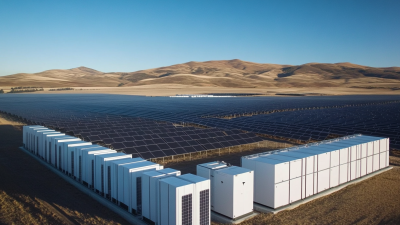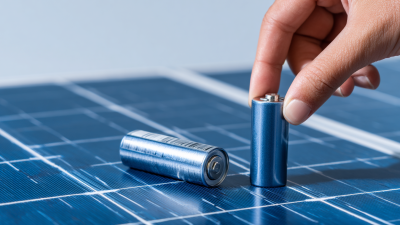The growing emphasis on renewable energy solutions has led to significant advancements in Solar Panel Battery Storage technologies, making them essential for maximizing efficiency and promoting energy independence. According to a report by the International Energy Agency (IEA), the global battery storage capacity is projected to reach 1,200 gigawatt-hours by 2040, illustrating a robust growth driven by the increasing demand for sustainable energy systems. Solar Panel Battery Storage not only allows households and businesses to store surplus energy generated during sunny days but also provides backup during peak hours and outages, optimizing energy consumption and reducing reliance on the grid. As the world shifts towards greener energy solutions, understanding how to effectively implement and utilize these storage systems will be crucial for maximizing both economic and environmental benefits.
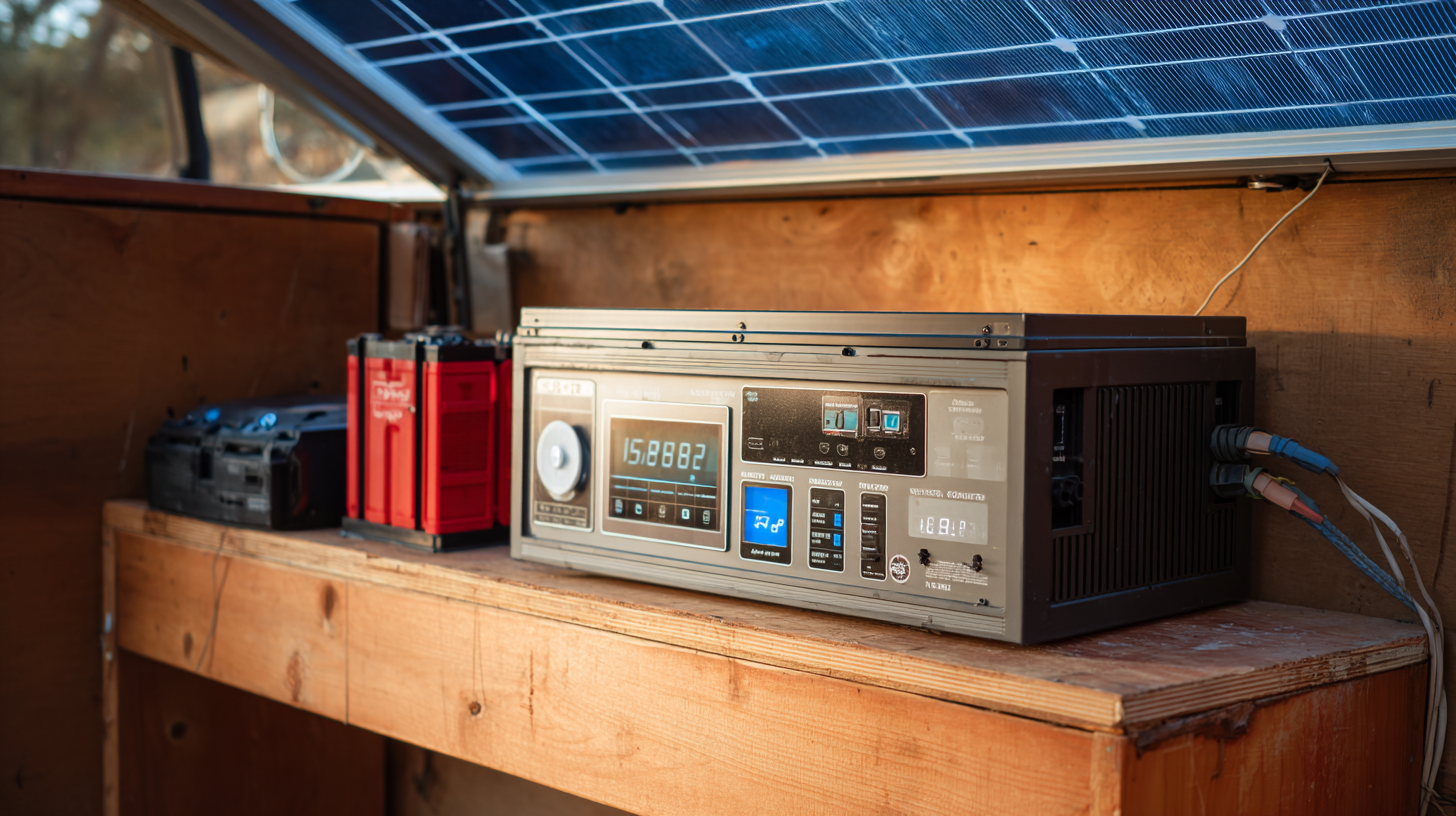
Understanding Solar Panel Battery Storage Solutions
The evolution of solar panel battery storage solutions is pivotal for maximizing energy efficiency in residential and commercial settings. As innovations in battery technology progress, there are promising options now available that harness renewable energy effectively. The rise of long-duration energy storage systems capable of storing excess solar energy for prolonged periods exemplifies these advancements, providing reliability even when sunlight is scarce.
Tips for optimizing your solar panel battery storage: Firstly, assess your energy needs accurately. By understanding your consumption patterns, you can select a battery system that matches your requirements precisely, ensuring you get the most out of your investment. Secondly, consider integrating a smart energy management system that optimizes charging and discharging cycles, allowing you to take advantage of lower energy rates and reduce reliance on the grid.
Another essential tip involves regular maintenance and monitoring of your battery systems. Keep track of battery health and performance to maximize efficiency and lifespan. As the industry continues to innovate, staying informed about the latest developments in solar technology can further empower users to select the most efficient systems tailored to their energy needs.
As the demand for renewable energy surges, battery storage solutions are becoming increasingly vital for maximizing the efficiency of solar power systems. Utilizing battery storage allows homeowners and businesses to harness excess solar energy generated during the day, storing it for use when the sun isn’t shining. This not only enhances energy independence but also helps to stabilize the grid by providing a reliable source of energy during peak demand times.
Recent developments highlight the significance of battery storage in the renewable energy landscape. New laws in New Jersey aim to expand solar energy access, enabling more residents to benefit from solar power without needing to invest in their own panels. Furthermore, dynamic advancements in Battery Energy Storage Systems (BESS) are reshaping how energy is managed within grid systems, making it possible to tackle the intermittency issues traditionally associated with renewable sources. As investment in battery technologies reaches unprecedented levels, homeowners considering installing storage systems can look forward to considerable savings on electricity costs while contributing to a more sustainable energy future.
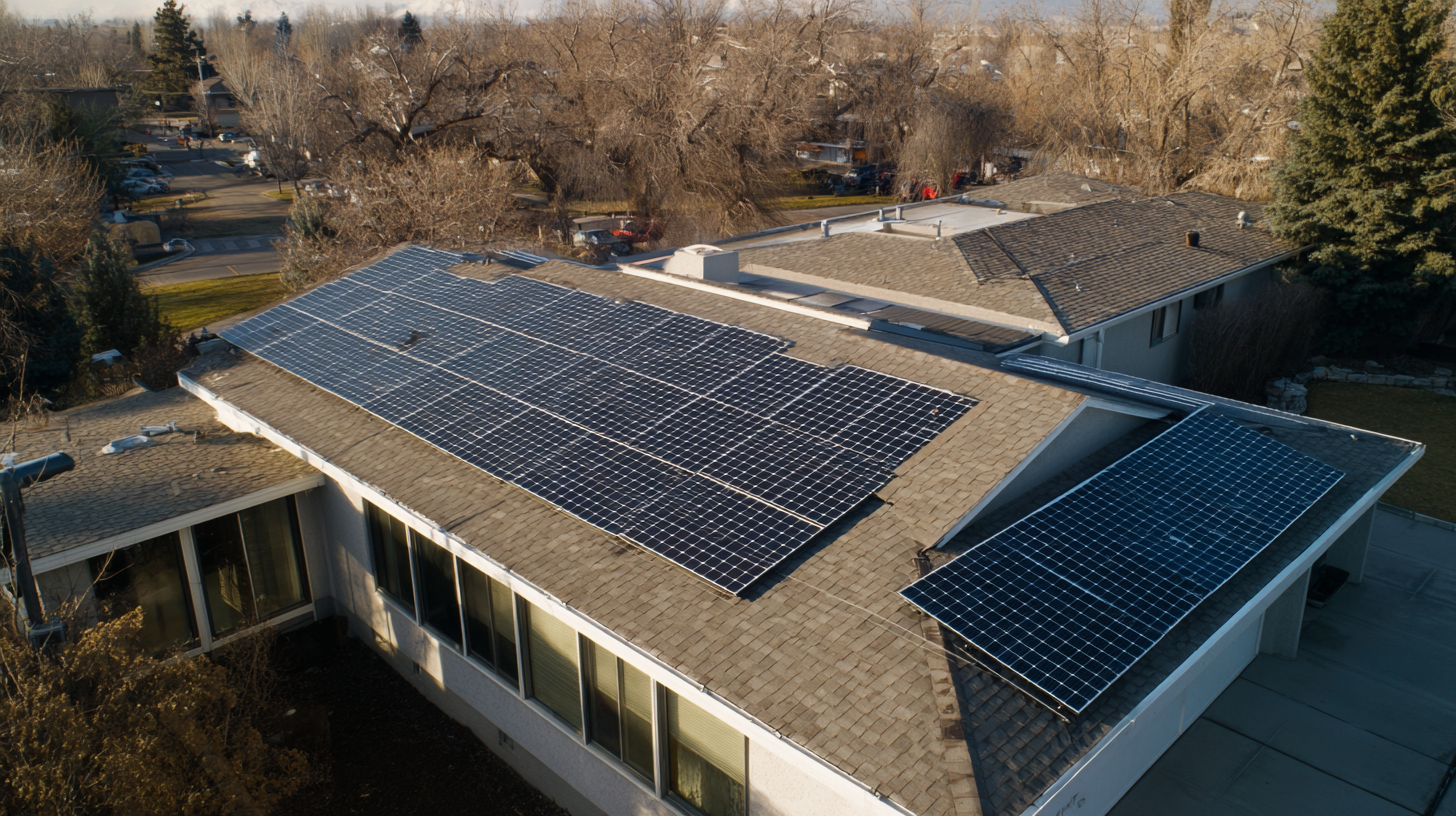
When considering solar panel battery storage solutions, selecting the right type of solar battery is crucial for maximizing efficiency. There are primarily three types of solar batteries commonly used: lead-acid, lithium-ion, and saltwater batteries. According to the U.S. Department of Energy, lithium-ion batteries have surged in popularity due to their high energy density and longer lifespan, typically lasting 10-15 years with a depth of discharge (DoD) of approximately 80-90%. This means that they can provide more usable energy compared to lead-acid batteries, which generally have a lower DoD of around 50% and a shorter lifespan.
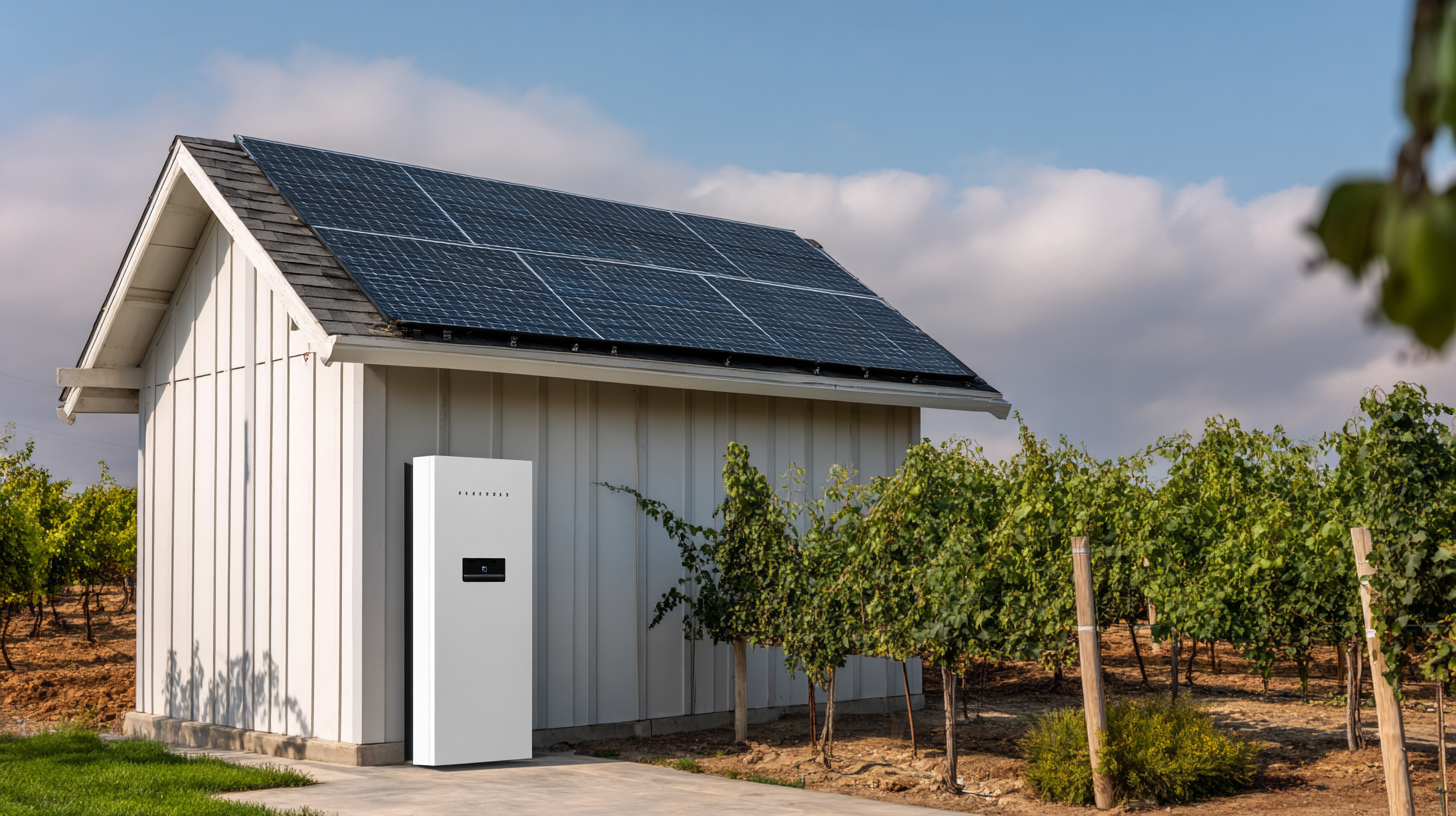
Lead-acid batteries, while more affordable upfront, tend to be less efficient and require regular maintenance, making them less appealing for homeowners looking for a hassle-free solution. Conversely, saltwater batteries, emerging as a sustainable alternative, offer safety and environmental benefits, though they currently have lower energy density and are not as widely available. A report from BloombergNEF predicts that the lithium-ion battery market will grow to a staggering 1,200 GWh by 2030, reinforcing the shift toward this technology due to its efficiency and scalability. Understanding these battery types can help users make informed decisions that align with their energy needs and environmental goals.
Effective energy management is crucial in today’s world, and smart storage systems are at the forefront of maximizing energy efficiency, especially when paired with solar panel battery storage solutions. These intelligent systems are designed to optimize the usage of renewable energy by monitoring energy production and consumption in real time. By leveraging advanced algorithms, smart storage can determine the best times to store energy, ensuring that homeowners and businesses maximize their savings and reduce their reliance on the grid.
Integrating smart storage systems with solar panels allows users to capture excess energy generated during peak sunlight hours and store it for later use. This capability not only provides a backup power source during outages but also reduces energy costs by allowing users to consume stored energy during peak demand times or when energy prices are higher. Ultimately, this synergy between solar energy generation and intelligent storage systems leads to a more sustainable and efficient energy landscape, empowering consumers to take control of their energy use while contributing to a greener planet.
| Storage Type | Capacity (kWh) | Efficiency (%) | Warranty (Years) | Cost ($) |
|---|---|---|---|---|
| Lithium-ion | 10 | 95 | 10 | 5,000 |
| Lead Acid | 12 | 80 | 5 | 3,000 |
| Flow Battery | 15 | 90 | 15 | 10,000 |
| Nickel Cadmium | 8 | 85 | 6 | 4,000 |
| Sodium-ion | 9 | 92 | 8 | 6,500 |
When considering solar panel battery storage solutions, one of the foremost aspects to evaluate is the cost associated with these systems. Initial investment can vary significantly based on the battery type, capacity, and installation requirements. Lithium-ion batteries, for example, typically offer greater longevity and efficiency but come at a higher price point compared to lead-acid batteries. Homeowners need to conduct a thorough cost-benefit analysis, factoring in both upfront expenses and potential long-term savings on electricity bills.
Financial incentives can significantly alleviate the financial burden of investing in battery storage. Many governments offer tax credits, rebates, and grants designed to encourage solar adoption and battery integration. For instance, the Federal Investment Tax Credit (ITC) allows homeowners to deduct a percentage of installation costs from their federal taxes. Additionally, some states provide performance-based incentives or net metering policies that further enhance the economic viability of battery storage systems. By leveraging these financial opportunities, homeowners can maximize their investment, ensuring they derive the full benefits of solar energy while maintaining lower overall costs.
This chart illustrates the financial aspects of solar panel battery storage solutions, comparing battery capacity, initial costs, annual savings, and available incentives. Understanding these factors can help maximize efficiency and savings in solar energy investments.

